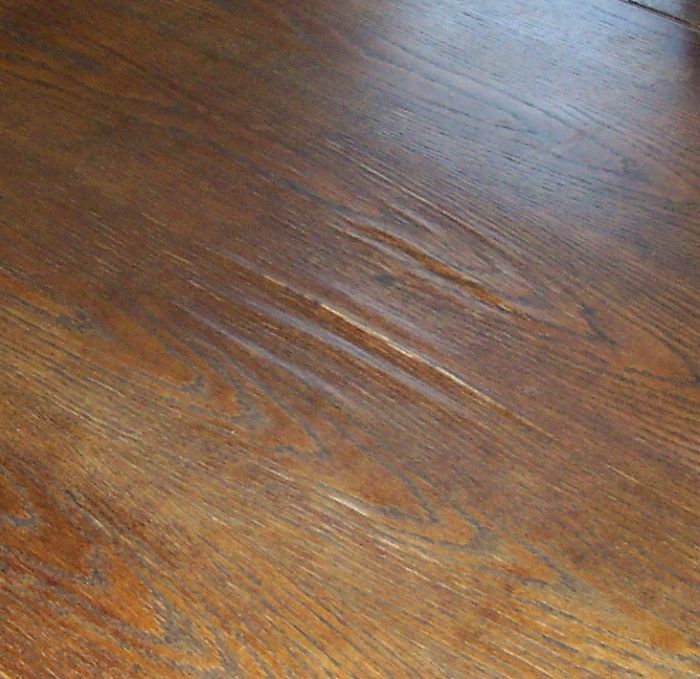Question
I've been asked to fix an antique Duncan Phyfe table. The legs are coming apart. If you know D. P. style you know the legs are more or less feet attached to a center pedestal, kind of in an upside down Y shape. So the feet are attached to the pedestal with dowels and some, but not all, are coming apart.
I would like to disassemble them so I can clean the joint properly before re-gluing. I would suspect the glue to be hide (when did yellow glue become more common)? It is kind of thick wood around the joint and I wonder if a heat gun would have any effect. Of course this would damage the finish if I'm not careful. Anyone have any tips or tricks? Or should I clean the joint as best I can with an emery board type contraption and inject glue with a syringe? Clamping is another subject. Any comments are appreciated.
Forum Responses
(Adhesive Forum)
From Gene Wengert, forum technical advisor:
Elmer's glue was "invented" in 1950. This was the beginning of the PVAs.
To answer your question, if a leg is loose, wooden wedges can be use to leverage it away from the column (with some wiggling and tugging), if tight, leave it and use spiders (Horton Brass) when re-glued. Many restorers say a mixture of hot water and alcohol will break down hide glue. Meat tenderizer will break down hide glue, just be sure to wash off all residue before re-gluing. If you're sure the existing glue is hide, you can inject hide glue into the joint, it will revive the old glue and bond with it. Good luck. Also, if you don't know how to clamp those legs to the pedestal, it's time to read a little more.
